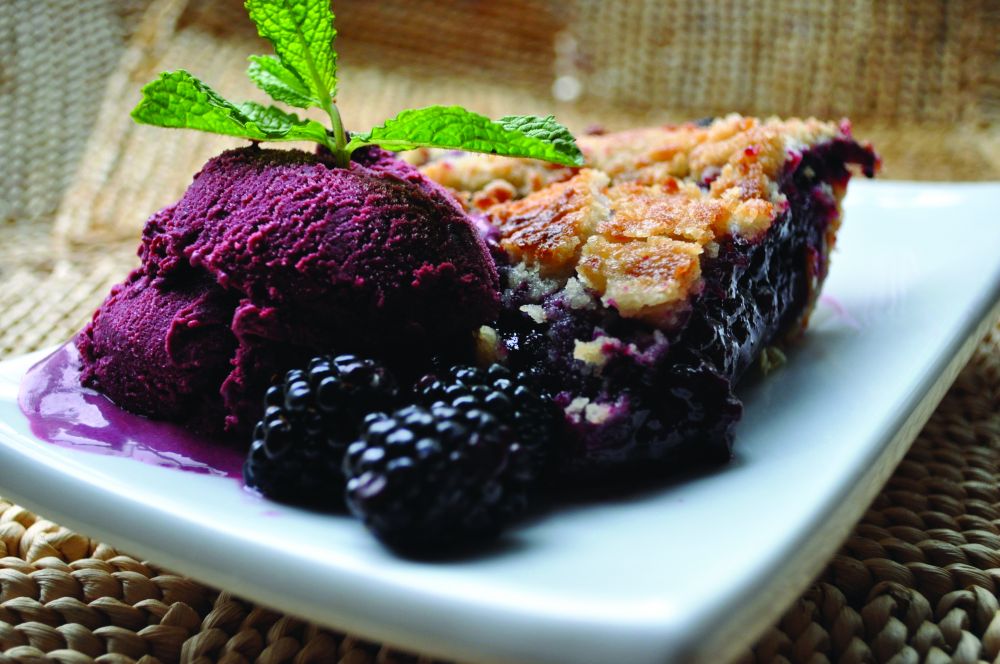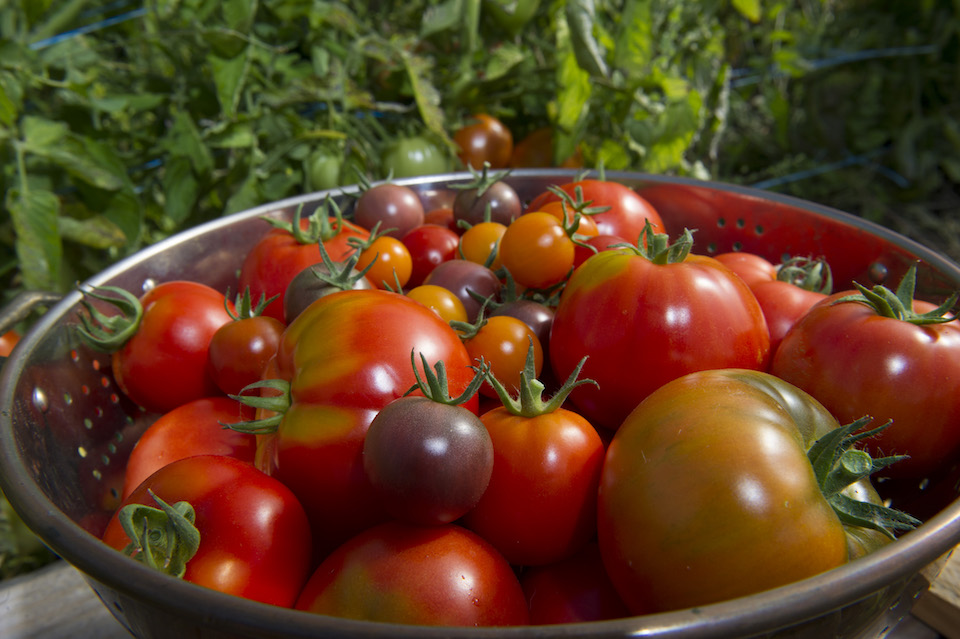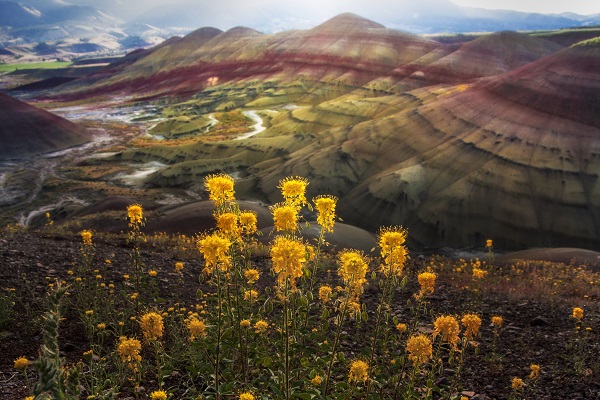It’s as American as apple pie. Hard cider was the beverage of choice in early New England, and a renaissance is now sweeping the nation. What does the iconic apple mean to our local agricultural and beverage industries in the Pacific Northwest?
Consumed with all meals by people of varying age and socioeconomic status across Colonial America, cider was the safe alternative to unreliable drinking water. By the 19th century, hard cider consumption had reached 32 gallons per person annually. Despite the utilitarian and life-sustaining history of cider, its popularity began to wane at the turn of the 20th century, and brought to its knees due to Prohibition. Lorin Gelfand of Square Mile Cider Company elaborates: “Our forefathers drank cider on a daily basis. In fact, some early presidential candidates handed out cider at their campaign rallies. There really is a rich cider history in the United States that most people aren’t aware of.”
Renewed interest—and support from the burgeoning craft beer industry—has spurred the niche cider industry. Innovations in producing cider and perry (from pears), cultivating heirloom cider apple varieties, experimental dry-hopping and unusual fruit combinations are now helping modern cider sales grow.
Dovetailing our enthusiasm for locally crafted food and drink, consumers are finding that cider is as versatile as beer and wine. Additionally, cider satiates the growing segment of gluten free Americans. According to Sherrye Wyatt of the NW Cider Association, “We are seeing a new cidery every few weeks in the Northwest. Our association has doubled its membership this year, growing from nineteen to thirty-eight cideries. Seventeen are in Oregon.”
“Cider is truly grass roots driven,” says Jeff Parrish of the Portland Cider Company. “There was really no cider market 10 years ago in this country. Cider sales were virtually stagnant up until seven or eight years ago, and represented less than a tenth of a percent of the beer market.”
Like the trend in boutique hop farming, cider apple trends are mimicking the agricultural shifts of hops a decade ago. “New producers are popping up at an astounding rate and consumers are starting to embrace the flavors and complexities of cider. What was once a forgotten beverage is now proving to be a welcome alternative for beer, wine and spirits drinkers,” says Gelfand.
“In addition, the options for the millennial drinker are far more expansive than any generation before them,” he continues. Young people have thousands of alcohol companies advertising to them, instilling an expectation of varied choices and brands they can “discover” to share with their friends. Cider makers are banking on this millennial generation’s support.
Josh Johnson of Finnegan Cider adds, “My hope for cider in the U.S. is for many more cider orchards to be planted.” According to Johnson, cider-specific apples remain relatively rare in the Northwest and most local ciders use eating fruit, the supply of which is endless. “It’s cheap and easy. You can get it for $1-2/gallon from Hood River, delivered in totes to your door; yet it makes a featureless cider,” he laments. Johnson works with Skurdahl Farms in Sherwood to cultivate a wide variety of apples suited to ciders, and hopes other cideries will follow suit.
“If cider fruit were more available, cider could begin to refine itself, like wine. Cider now is like California wine in the 1970s or Oregon in the 1980s; just beginning to explore how fabulous the fruit can be,” says Johnson.
Randy Kiyokawa, of Kiyokawa Family Orchards in Parkdale, is heeding the request of local cideries. He explains that juice apples are the bruised, small, poorly colored or misshapen dessert apples. “Over the past several years many hard cider makers have started requesting specific qualities in their mixes. You can get distinct taste, aroma, and color depending on the apple variety, maker and year. Five acres I just planted include apples such as Ashmead Kernel, Golden Russet, Wickson Crab and Ribston Pippins,” says Kiyokawa. “I will farm it for flavor and not appearance.”
Oregon’s agricultural underpinnings create a perfect opportunity for close relationships between cider makers and apple orchardists in a state where farm to table and drinking local are deeply held Oregonian values. One of the top five cider producing states, Oregon cideries produced over 100,000 gallons of cider in 2011 alone, according to the Alcohol and Tobacco Tax and Trade Bureau.
“Half the apples in the United States are grown within 300 miles of Portland… We are trying to educate local growers on the advantages of growing apples for cider production. Cider makers don’t care about the size, shape or if there are blemishes on our apples. All we care about is what’s inside. Frankly, the funnier tasting an apple is, the more likely it is to make interesting cider. We welcome biodiversity in our apples and hope we can convince enough growers to give other unique varieties a try,” says Parrish.
Branch to bottle ciders resonate with consumers’ search for versatility at the table and makes for a foolproof addition to any holiday gathering.
“Cider can capture the sophisticated, yet easy drinkability of local craft beer as well as complex notes and terroir, encompassing the best of many worlds—easily filling pint glass, wine glass or Mason jar. The light, refreshing quality of cider offers a beautiful backdrop to myriad possibilities,” adds Jana Daisy-Ensign, Portland’s local Finnriver Cider representative. “…Cider brings attention to local agriculture and food systems in a meaningful way. The apple feels iconic—as a symbol of family farmed American culture. There are many things to love about cider… and the sheer deliciousness doesn’t hurt either.”
Ciders to Try:
Anthem | Salem | Cherry | 6% ABV
Atlas | Bend | Blackberry | 5.8% ABV
Blue Mountain | Freewater | Winesap | 6.75% ABV
Bull Run | Forest Grove | Cranberry Perry | 5.5% ABV
Bushwhacker | Portland | Forgotten Trail | 5.6% ABV
Carlton | McMinnville | Asian Pear | 5% ABV
EZ Orchards | Salem | Hawk Haus | 5.6% ABV
Finnegan | Lake Oswego | Semi-Sweet | 8.5% ABV
Honeywood | Salem | Blackjack | 11% ABV
Outcider | Portland | Original | 6.8% ABV
Portland Cider Co | Portland | Sorta Sweet | 6% ABV
Red Tank | Bend | Happy Cider | 5.5% ABV
Reverend Nat’s | Portland | Hopricot | 6.9% ABV
Square Mile | Portland | Spur & Vine | 6.7% ABV
Traditions Ciderworks | Corvallis | Bourbon Barrel 2011 | 6.9% ABV
2 Towns | Corvallis | Nice & Naughty | 10.5% ABV
Wandering Aengus | Salem | Golden Russet | 9.8% ABV






